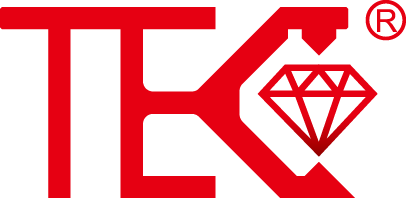MagnetostrictiveLevelSensorforCryogenicLiquids
Precision Measurement in Extreme Environments
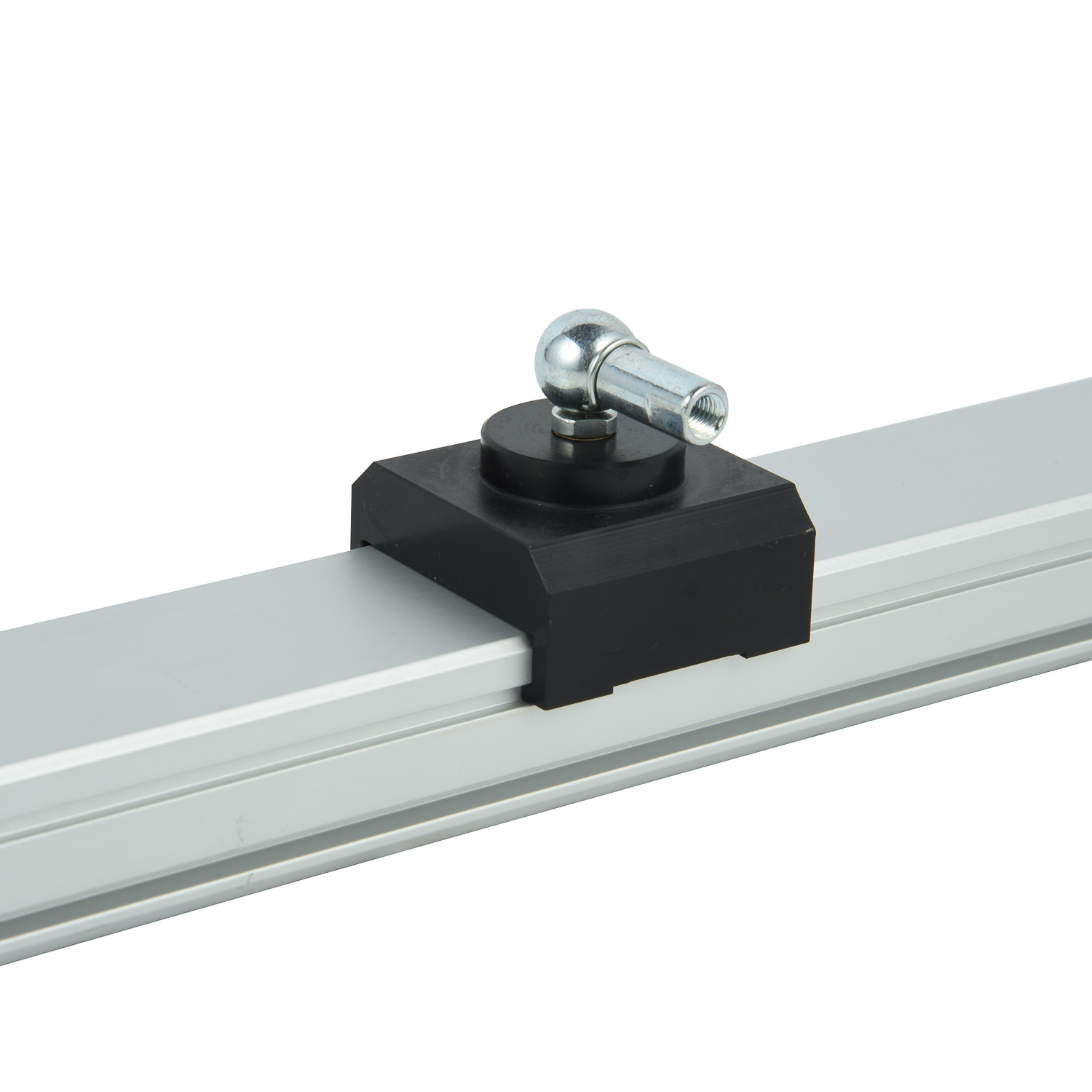
Magnetostrictive level sensors represent the gold standard in cryogenic liquid measurement technology, delivering exceptional accuracy where traditional methods fail. These sophisticated instruments utilize magnetostrictive principles to achieve remarkable precision levels of ±0.05% full scale, making them indispensable across various industrial applications involving liquefied natural gas (LNG), liquid nitrogen, and liquid oxygen. The technology's inherent reliability stems from its non-contact measurement methodology, which eliminates mechanical wear and ensures consistent performance even in the most demanding cryogenic conditions. Industries ranging from energy production to medical gas storage depend on these sensors for critical inventory management and process control.
Operating Principle and Technological Foundation
At the core of magnetostrictive level sensing lies a sophisticated interaction between magnetic fields and specialized waveguide materials. The system comprises a ferromagnetic waveguide wire enclosed within a protective tube, with a permanent magnet embedded in the measuring float. When a current pulse travels through the waveguide, it generates a circumferential magnetic field that interacts with the float's magnetic field. This interaction creates a torsional stress wave that propagates along the waveguide at ultrasonic speeds. Precision electronics measure the exact time interval between pulse transmission and wave detection, converting this data into highly accurate level readings. This fundamental principle enables the technology to maintain exceptional measurement stability across extreme temperature ranges from -196°C to +125°C.
Superior Performance in Cryogenic Applications
Magnetostrictive sensors demonstrate unparalleled advantages in cryogenic environments where conventional technologies often struggle. Their hermetically sealed construction prevents moisture ingress and ice formation, common challenges in low-temperature applications. The sensors maintain measurement integrity despite the dramatic density changes that occur during phase transitions in cryogenic liquids. Advanced thermal compensation algorithms automatically adjust for temperature-induced variations, ensuring consistent accuracy throughout the operational range. These capabilities make magnetostrictive technology particularly valuable for LNG storage tanks, where precise inventory management directly impacts operational safety and economic efficiency.
Enhanced Safety Features and Reliability
Safety represents a paramount concern in cryogenic liquid handling, and magnetostrictive level sensors incorporate multiple protective features to address this critical requirement. Intrinsically safe designs certified for hazardous locations prevent ignition risks in volatile environments. Redundant sealing systems and corrosion-resistant materials withstand aggressive media while maintaining structural integrity under thermal cycling stress. Continuous self-diagnostic capabilities monitor sensor health and provide early warning of potential issues, while fail-safe configurations ensure predictable behavior during power interruptions or system faults. These comprehensive safety measures make magnetostrictive sensors the preferred choice for applications where measurement reliability directly impacts personnel safety and environmental protection.
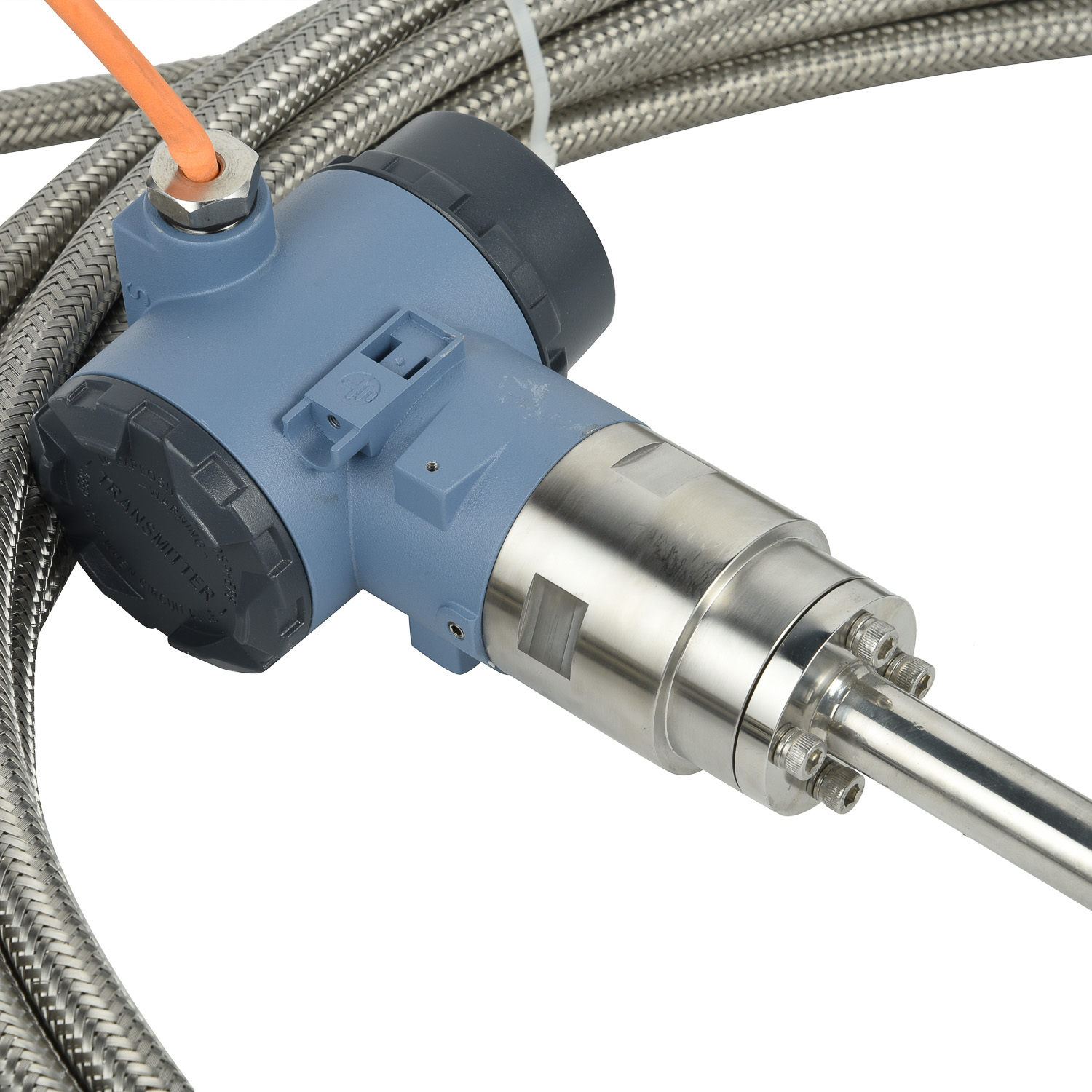
Installation Best Practices and Maintenance
Proper installation significantly influences sensor performance and longevity in cryogenic service. Engineers recommend mounting sensors in stable, low-turbulence zones away from filling points and agitation sources to minimize measurement disturbances. Adequate thermal isolation prevents heat transfer from warmer components, while proper grounding eliminates electrical interference. Regular maintenance primarily involves verifying calibration accuracy and inspecting for physical damage, as the non-contact nature of magnetostrictive technology minimizes wear-related issues. Most modern sensors feature modular designs that facilitate component replacement without system shutdown, dramatically reducing maintenance downtime and associated costs.
Future Developments and Industry Trends
The evolution of magnetostrictive level sensing continues to address emerging industry requirements through technological innovation. Current research focuses on enhancing communication capabilities with Industry 4.0 protocols including Ethernet/IP, PROFINET, and wireless HART integration. Miniaturization efforts are producing compact designs suitable for space-constrained applications without compromising measurement performance. Advanced materials science is developing specialized alloys that maintain magnetostrictive properties at even lower temperatures, expanding application possibilities in emerging cryogenic fields. These developments promise to further solidify magnetostrictive technology's position as the premier solution for cryogenic liquid level measurement across industrial sectors.
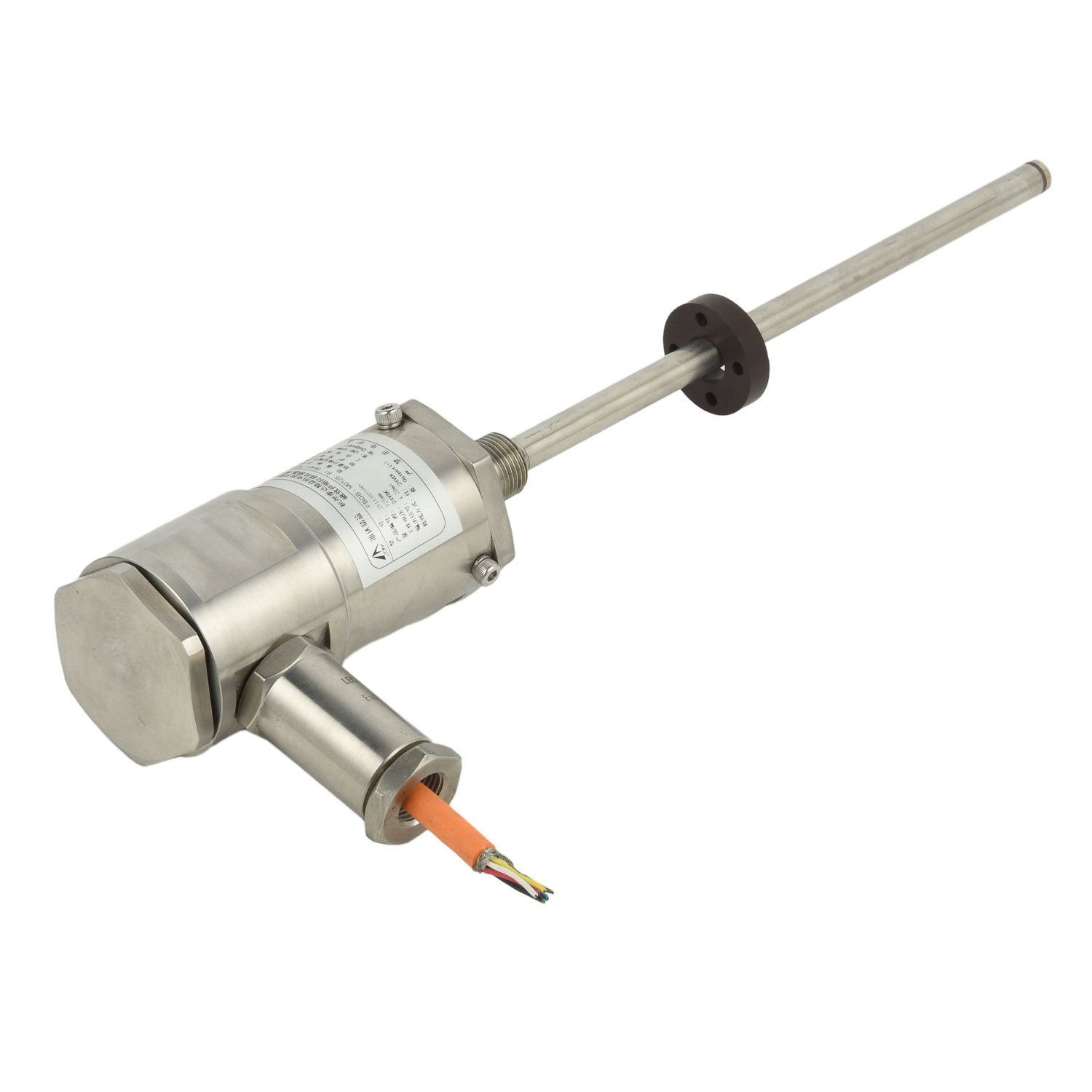 UpgradingYourLevelMeasurementS
UpgradingYourLevelMeasurementS
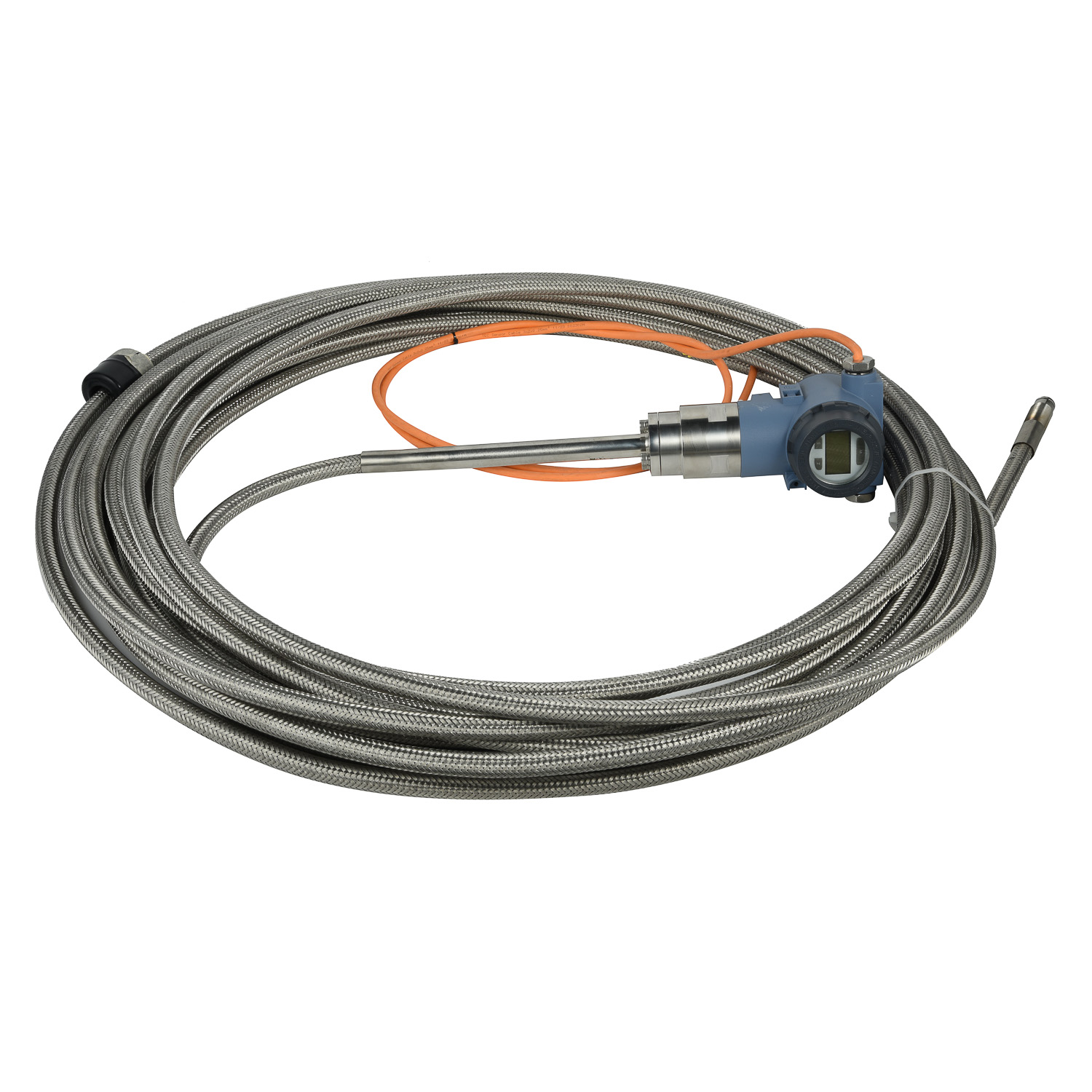 Why are magnetostrictive level
Why are magnetostrictive level
 ComparingMagnetostrictiveandRa
ComparingMagnetostrictiveandRa
 MagnetostrictiveLevelSensorfor
MagnetostrictiveLevelSensorfor
